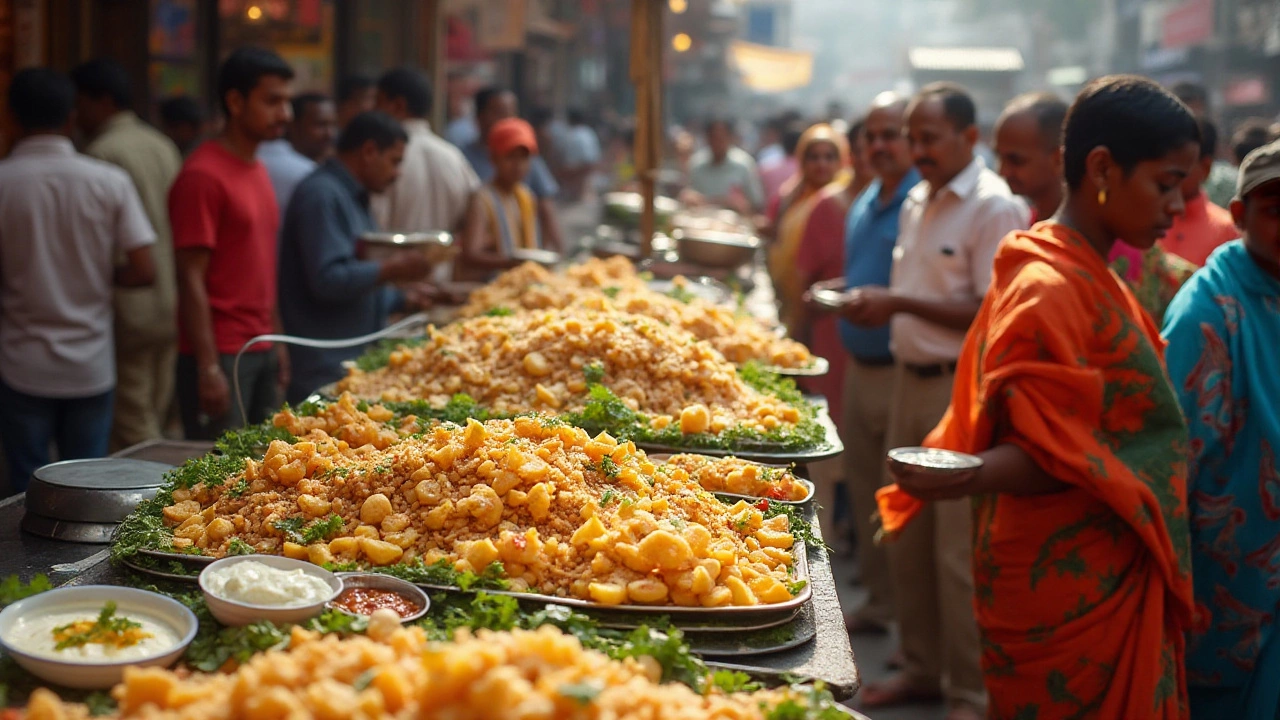Vegetarian Indian Food: A Flavorful Guide
When you hear Vegetarian Indian Food, the term refers to Indian cuisine that excludes meat and fish, focusing on vegetables, legumes, dairy, and spices. Also known as plant‑based Indian cuisine, it brings together a rich tapestry of flavors that can satisfy any palate. This culinary world is built on staples like dal, a range of split pulses such as lentils, moong, and toor, cooked into hearty soups or thick gravies, protein‑rich paneer, fresh Indian cottage cheese that soaks up spices and adds a creamy texture, aromatic curry, any dish where vegetables or legumes are simmered in a spiced sauce, often thickened with tomatoes, coconut, or yogurt, and tangy chutney, a condiment made from herbs, fruits, or nuts, providing a burst of flavor alongside the main course. Vegetarian Indian food encompasses these core components, requires a balance of spices, and enables creative regional twists.
Regional twists and everyday techniques
From the mustard‑seed‑laden dals of Bengal to the buttery chickpea curries of Punjab, each region adds its own spin. In the South, you’ll find dal turned into sambar, a tangy stew spiked with tamarind and curry leaves, while North Indian kitchens often serve split‑pea dal with a dollop of ghee. Paneer shines in dishes like palak paneer, where fresh spinach merges with the cheese’s mild flavor, or in simple grilled cubes tossed with chaat masala for a snack. Curry styles shift dramatically—goan fish‑free curries rely on coconut milk, whereas Delhi’s veg korma packs nuts and cream for richness. Meanwhile, chutneys range from mint‑coriander blends perfect for stuffing dosas, to sweet tamarind versions that cut through spicy bites. These variations illustrate that vegetarian Indian food not only adapts to local ingredients but also thrives on the interplay between protein sources, spice blends, and textures.
Understanding how dal, paneer, curry, and chutney work together unlocks healthier, quicker meals. For instance, soaking dal reduces cooking time and improves digestion, while a pinch of baking soda in roti dough can make flatbreads fluffier—tricks featured in many of our guides. The posts below dive deeper into each component: how to choose the right milk for paneer, which lemon tricks keep biryani rice fluffy, and why certain spices make a curry creamy. Whether you’re a beginner looking for basic dal recipes or an experienced cook hunting for advanced chutney techniques, this collection gives you practical steps, flavor science, and cultural context—all aimed at making your vegetarian Indian cooking effortless and delicious. Explore the articles ahead to sharpen your skills and broaden your palate.

Discovering India's Most Beloved Vegetarian Dishes
Indian cuisine offers a rich tapestry of flavors, thanks to its renowned vegetarian dishes that are celebrated worldwide. From street food to elaborate meals, India's vegetarian offerings are as diverse as its culture. This article explores the top vegetarian dishes in India that have won the hearts and taste buds of many. Discover their origins, ingredients, and the unique culinary traditions they represent.